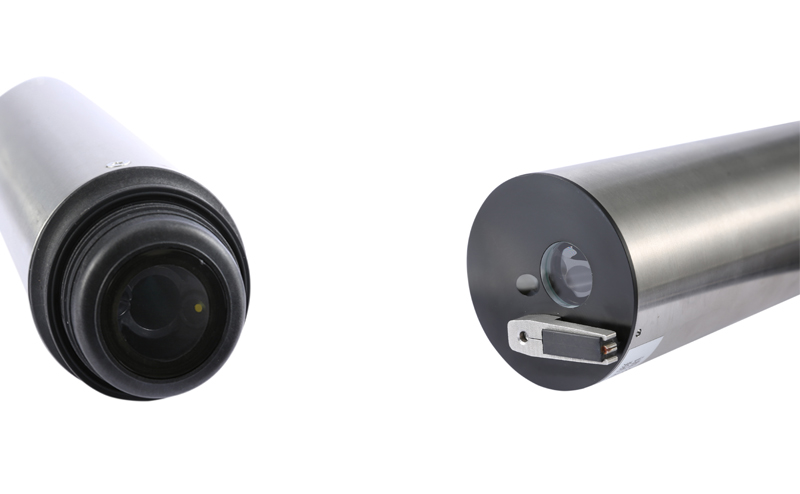
The impact of turbidity on dissolved oxygen is mainly reflected in the following aspects:
1.Reduced light: High turbidity water bodies have more suspended particles, resulting in reduced water transparency, which in turn affects the light intensity in the water layer. Photosynthesis is an important way to produce dissolved oxygen in water bodies, especially in upper water bodies of rivers, lakes and oceans. Algae and aquatic plants release oxygen through photosynthesis. Increased turbidity inhibits the efficiency of photosynthesis, thereby reducing the production of dissolved oxygen in the water.
2.Restricted water-air interface exchange: Water with high turbidity will reduce the contact area between the water and the air. At the same time, suspended particles may also hinder the diffusion of oxygen from the atmosphere to the water, which will indirectly reduce the supply of dissolved oxygen.
3.Microbial activity: Water bodies with high turbidity are often accompanied by high organic matter loads. Microorganisms need to consume a large amount of dissolved oxygen to decompose these organic matter. Therefore, in this case, even if the lighting conditions are suitable, dissolution may occur due to the increased oxygen consumption rate. Oxygen levels drop.
In summary, although there is no direct linear relationship between turbidity and dissolved oxygen, increased turbidity can indeed indirectly lead to a reduction in dissolved oxygen content by affecting the lighting conditions, gas exchange efficiency and microbial activity of the water body. In natural water bodies, changes in turbidity often cause a series of complex ecological reactions, ultimately affecting the dynamic balance of dissolved oxygen.
